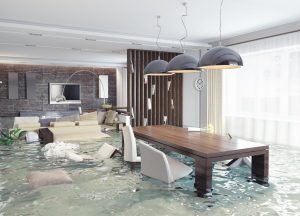
Drying Standing Water
We’ve all heard the phrase “Only the tip of the iceberg”. Well, this is true when it comes to water damage. It’s not always about what meets the eye. It’s our natural instinct when we see standing water to grab a bucket and start hauling it out. The good news: you did the right thing! Removing as much water as possible is important in the drying process. The bad news: It doesn’t end there.
Underneath the Surface
Firstly, the worst damage that comes from excess water is beneath the surface. That kind of damage is not immediately visible to the eye. Drying this kind of damage requires special techniques and knowledge. Furthermore, special and machinery are needed. Also, a homeowner’s common knowledge may not include proper water extraction. Disinfecting can also be a tricky process. However, this is where your water mitigation specialists can come in handy. They are trained on all of these techniques and are ready and able with the equipment needed for any kind of water job.
Initiating the Dry-Out
The first step in a proper dry out will be addressing the areas with the most moisture. Initial calculations will track the progress and removal of moisture. Furthermore, moisture mapping is used by techs in order to concentrate drying in the most affected areas. Atmospheric readings and moisture meters will be key to tracking the drying system. These readings make sure that the dry-out process is effective. An extractor will be used to remove excess water from hard surfaces and carpeting. In turn, this will prevent more structural damage. This process will also be the first step in speeding up the drying and minimize the risk of secondary water damage. All in all, the key to a successful dry out is high heat and low humidity.
Ventilation
Airflow is very important in a water job because the main goal is drying the area. A vital component of drying: air circulation. There are a couple types of equipment that can be essential to this task. For example, air movers, portable drying devices that promote drying in surfaces like hard wood floors. It is also important to remove debris from the air. This could be contributing to the odor from mildew and the presence of water damage. Air scrubbers are tools that contain traps and remove airborne particles. Moisture, however, could remain trapped in the air. That’s where dehumidifiers and high-speed fans will be a huge help. They help restore the correct humidity levels so that floors, walls, and furnishings don’t run the risk of rotting, swelling, or warping.
Disinfecting
Finally, the most important step to preventing harmful bacteria from growing or even stopping it in its path, is disinfecting. This encompasses everything from the replacement of material ruined by mold to the usage of anti-microbials to prevent future growth. You never know what’s thriving within the nooks and crannies of a home. It’s important to disinfect and apply products that will kill all the bacteria when the job is nearing its end. All in all, a water job has not been completed until temperature, humidity, and moisture testing conclude that the area has been dried to completion. It should be restored to a safe condition that doesn’t risk the health of the homeowner.
If you suspect that your home is experiencing a water damage, call the team at Thompson Building Associates. Our professionals can assist you in finding and addressing the problem. Remember, the longer the issue persists, the more time the damage will worsen. Repairs will become more expensive. For more information, find us on Facebook or Instagram.
 Drying Standing Water
We’ve all heard the phrase “Only the tip of the iceberg”. Well, this is true when it comes to water damage. It’s not always about what meets the eye. It’s our natural instinct when we see standing water to grab a bucket and start hauling it out. The good news: you did the right thing! Removing as much water as possible is important in the drying process. The bad news: It doesn’t end there.
Drying Standing Water
We’ve all heard the phrase “Only the tip of the iceberg”. Well, this is true when it comes to water damage. It’s not always about what meets the eye. It’s our natural instinct when we see standing water to grab a bucket and start hauling it out. The good news: you did the right thing! Removing as much water as possible is important in the drying process. The bad news: It doesn’t end there.
 Drying Standing Water
We’ve all heard the phrase “Only the tip of the iceberg”. Well, this is true when it comes to water damage. It’s not always about what meets the eye. It’s our natural instinct when we see standing water to grab a bucket and start hauling it out. The good news: you did the right thing! Removing as much water as possible is important in the drying process. The bad news: It doesn’t end there.
Drying Standing Water
We’ve all heard the phrase “Only the tip of the iceberg”. Well, this is true when it comes to water damage. It’s not always about what meets the eye. It’s our natural instinct when we see standing water to grab a bucket and start hauling it out. The good news: you did the right thing! Removing as much water as possible is important in the drying process. The bad news: It doesn’t end there.
